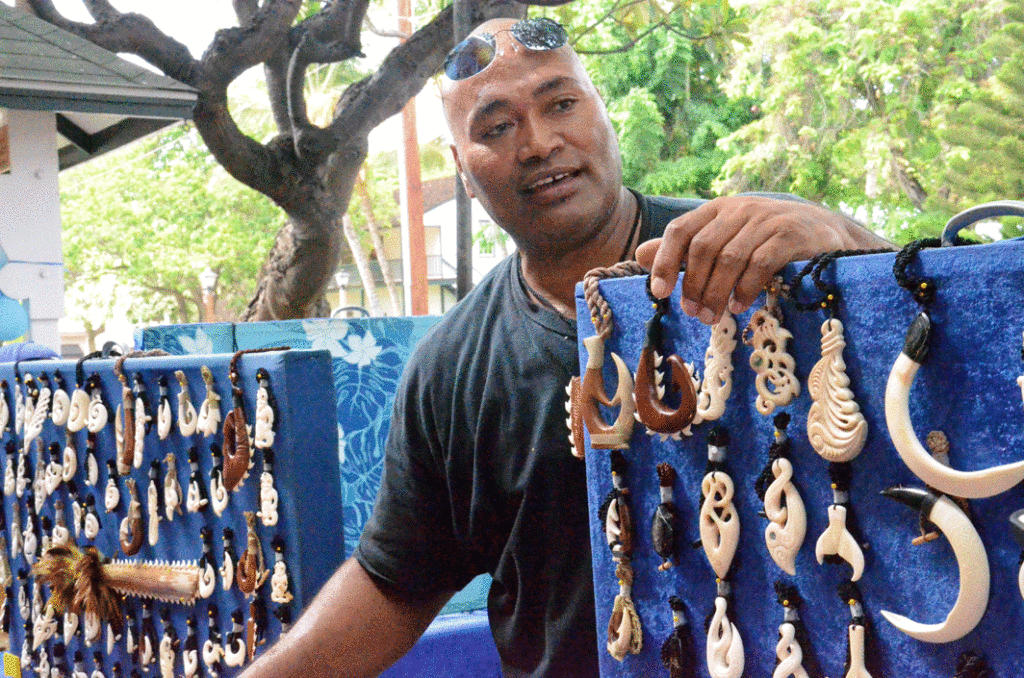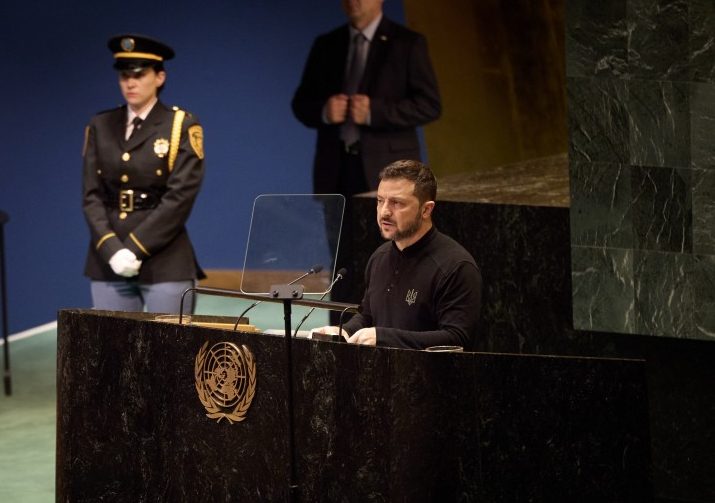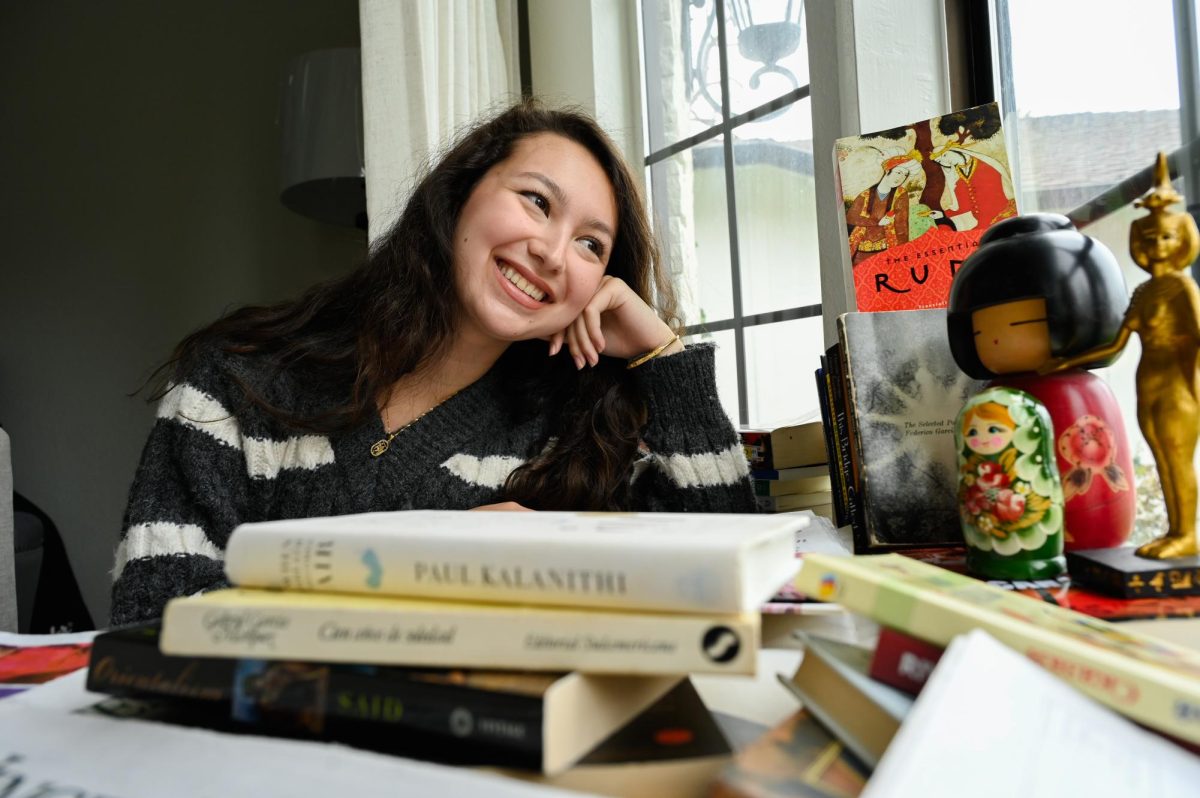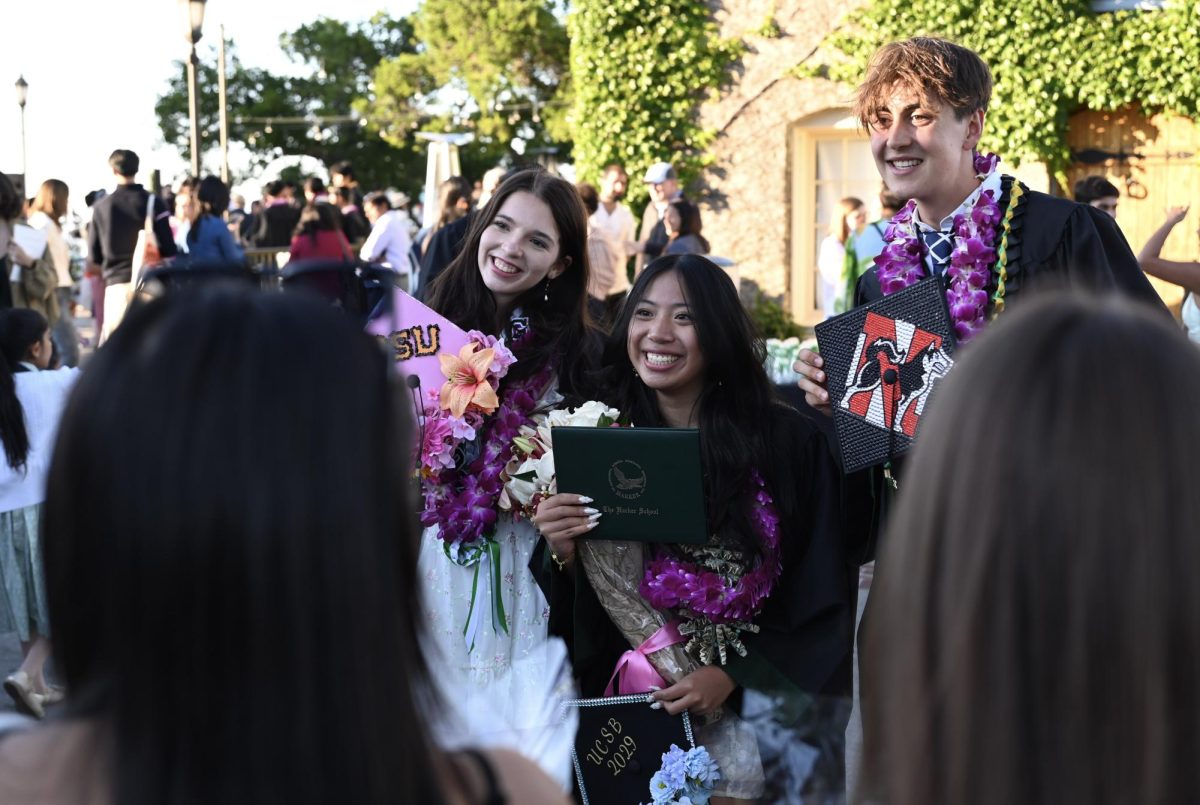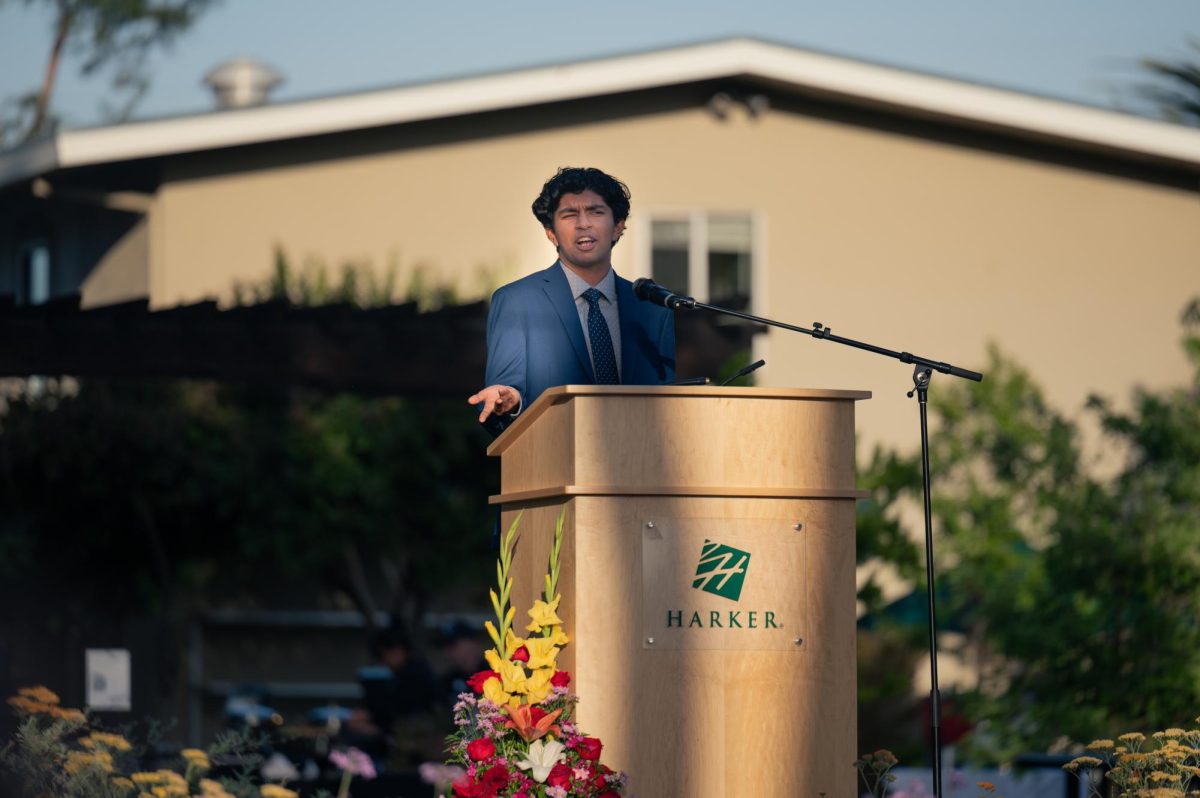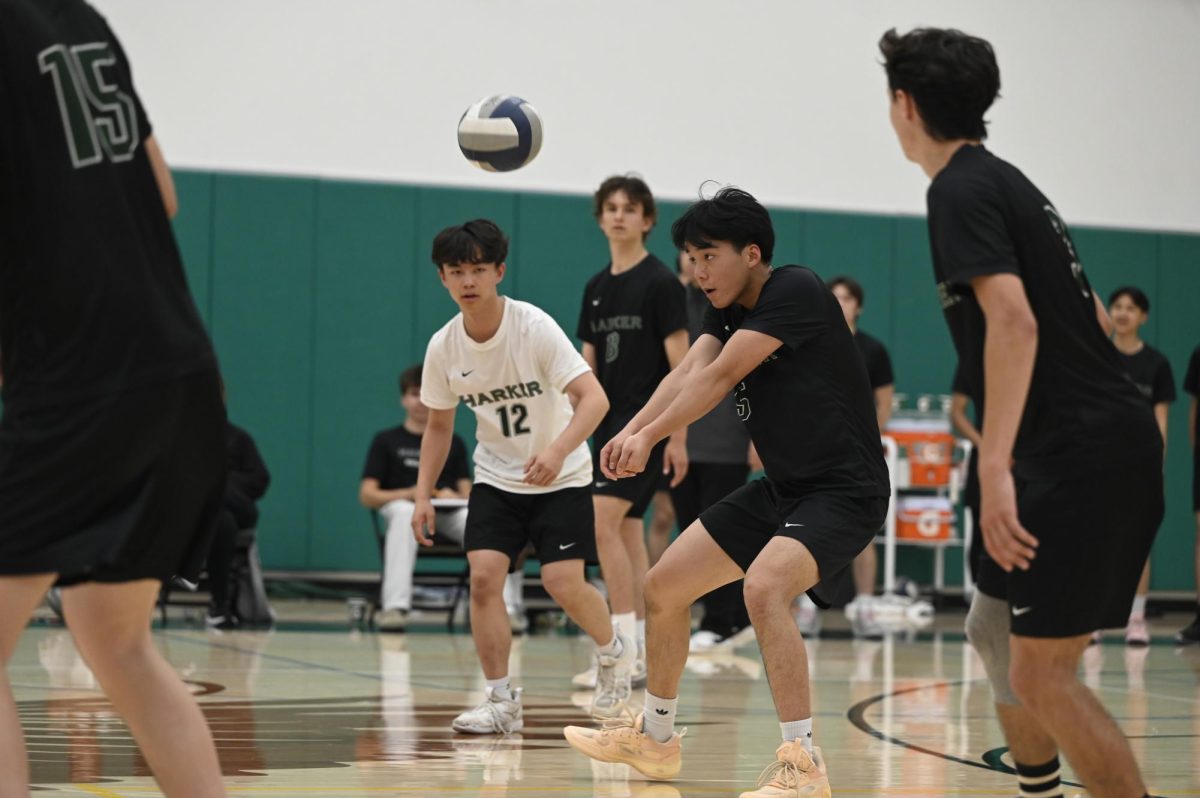Nestled in the middle of the crowded streets of a Hawaiian town, a man stands before a table layered with navy velvet. The afternoon sun makes the smooth surfaces of the polished ivory and sanded wood carvings gleam as they lie in neat rows along the exhibition shelves.
He sweeps a hand over his collection: “If you want fake stuff, go to the other shops. This is handmade,” he says proudly.
The man introduces himself as ‘One (oh-NEH) Tuai. He began carving at the age of four under the tutelage of his grandfather, learning how to make decorative carvings, jewelry, and ceremonial weapons.
The first piece his grandfather carved for him inspired Tuai to continue the trade in an association known as South Pacific Island Art (SPIA). By doing so, Tuai follows the footsteps of his grandfather, who was a “kahuna,” or expert, of the craft.
“This is the [Maui] hook that my grandfather has carved for me to make my wish come true,” he said, pointing to a carving on his table. “[All my work] is what I do for him.”
Tuai has been working professionally for over 15 years. During that time, he has carved in Florida’s Disney World and along the beaches of San Francisco.
Tuai’s company has since found its place among the many street vendors of the town Lahaina. He also spends some of his time teaching his craft in the city center.
All of his work is made of natural materials: mostly cow and whale bones, as well as various types of wood. The SPIA dedicates time and effort into educating others about the style and meaning behind ancient Polynesian art.
“Every piece owns its own story,” Tuai said, gesturing towards an informative binder containing the background legends of each carving. “In the olden days, we didn’t have any records, but we kept a story through the carvings passed down generation to generation.”
He then points to a few more dangerous-looking instruments lying on his display table. Fashioned from carved wood and attached shark teeth, these knives are nowadays used for ceremonial purposes, but in earlier times they were used to protect the family. “Family is the number one thing,” Tuai said.
Tuai is able to sell “about 10 to 40” carvings a day. “I never [carve] one by one,” he adds definitively. Instead of painstakingly whittling each piece of bone or wood separately, he goes through batches of about 40 and finishes them within a week.
Photos of his process and his work can be found on SPIA’s website, http://www.myspia.com.


















![“[Building nerf blasters] became this outlet of creativity for me that hasn't been matched by anything else. The process [of] making a build complete to your desire is such a painstakingly difficult process, but I've had to learn from [the skills needed from] soldering to proper painting. There's so many different options for everything, if you think about it, it exists. The best part is [that] if it doesn't exist, you can build it yourself," Ishaan Parate said.](https://harkeraquila.com/wp-content/uploads/2022/08/DSC_8149-900x604.jpg)




![“When I came into high school, I was ready to be a follower. But DECA was a game changer for me. It helped me overcome my fear of public speaking, and it's played such a major role in who I've become today. To be able to successfully lead a chapter of 150 students, an officer team and be one of the upperclassmen I once really admired is something I'm [really] proud of,” Anvitha Tummala ('21) said.](https://harkeraquila.com/wp-content/uploads/2021/07/Screen-Shot-2021-07-25-at-9.50.05-AM-900x594.png)







![“I think getting up in the morning and having a sense of purpose [is exciting]. I think without a certain amount of drive, life is kind of obsolete and mundane, and I think having that every single day is what makes each day unique and kind of makes life exciting,” Neymika Jain (12) said.](https://harkeraquila.com/wp-content/uploads/2017/06/Screen-Shot-2017-06-03-at-4.54.16-PM.png)








![“My slogan is ‘slow feet, don’t eat, and I’m hungry.’ You need to run fast to get where you are–you aren't going to get those championships if you aren't fast,” Angel Cervantes (12) said. “I want to do well in school on my tests and in track and win championships for my team. I live by that, [and] I can do that anywhere: in the classroom or on the field.”](https://harkeraquila.com/wp-content/uploads/2018/06/DSC5146-900x601.jpg)
![“[Volleyball has] taught me how to fall correctly, and another thing it taught is that you don’t have to be the best at something to be good at it. If you just hit the ball in a smart way, then it still scores points and you’re good at it. You could be a background player and still make a much bigger impact on the team than you would think,” Anya Gert (’20) said.](https://harkeraquila.com/wp-content/uploads/2020/06/AnnaGert_JinTuan_HoHPhotoEdited-600x900.jpeg)

![“I'm not nearly there yet, but [my confidence has] definitely been getting better since I was pretty shy and timid coming into Harker my freshman year. I know that there's a lot of people that are really confident in what they do, and I really admire them. Everyone's so driven and that has really pushed me to kind of try to find my own place in high school and be more confident,” Alyssa Huang (’20) said.](https://harkeraquila.com/wp-content/uploads/2020/06/AlyssaHuang_EmilyChen_HoHPhoto-900x749.jpeg)



